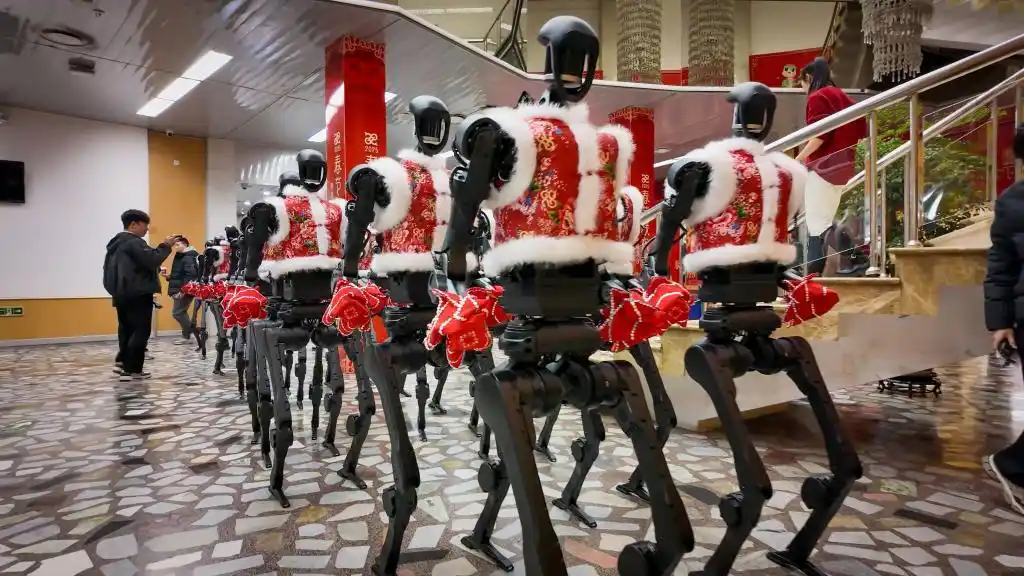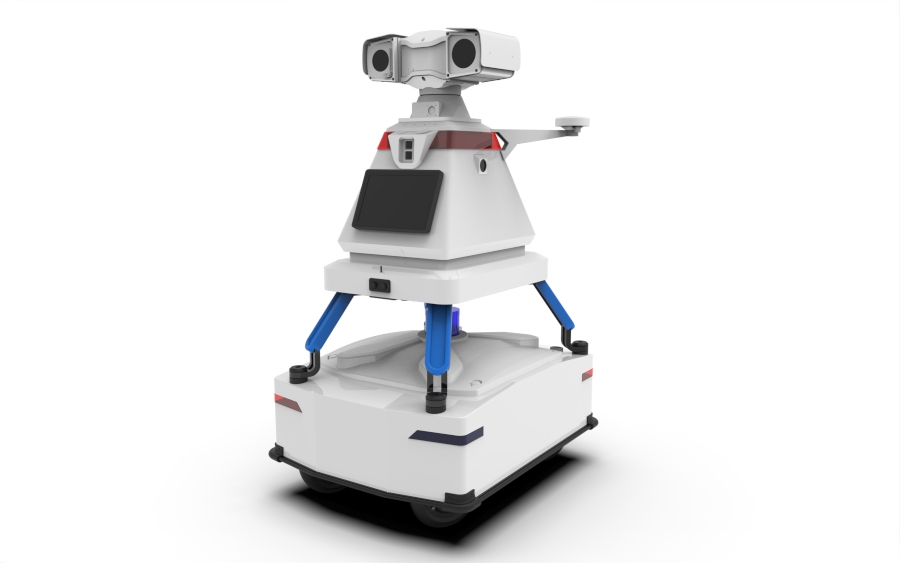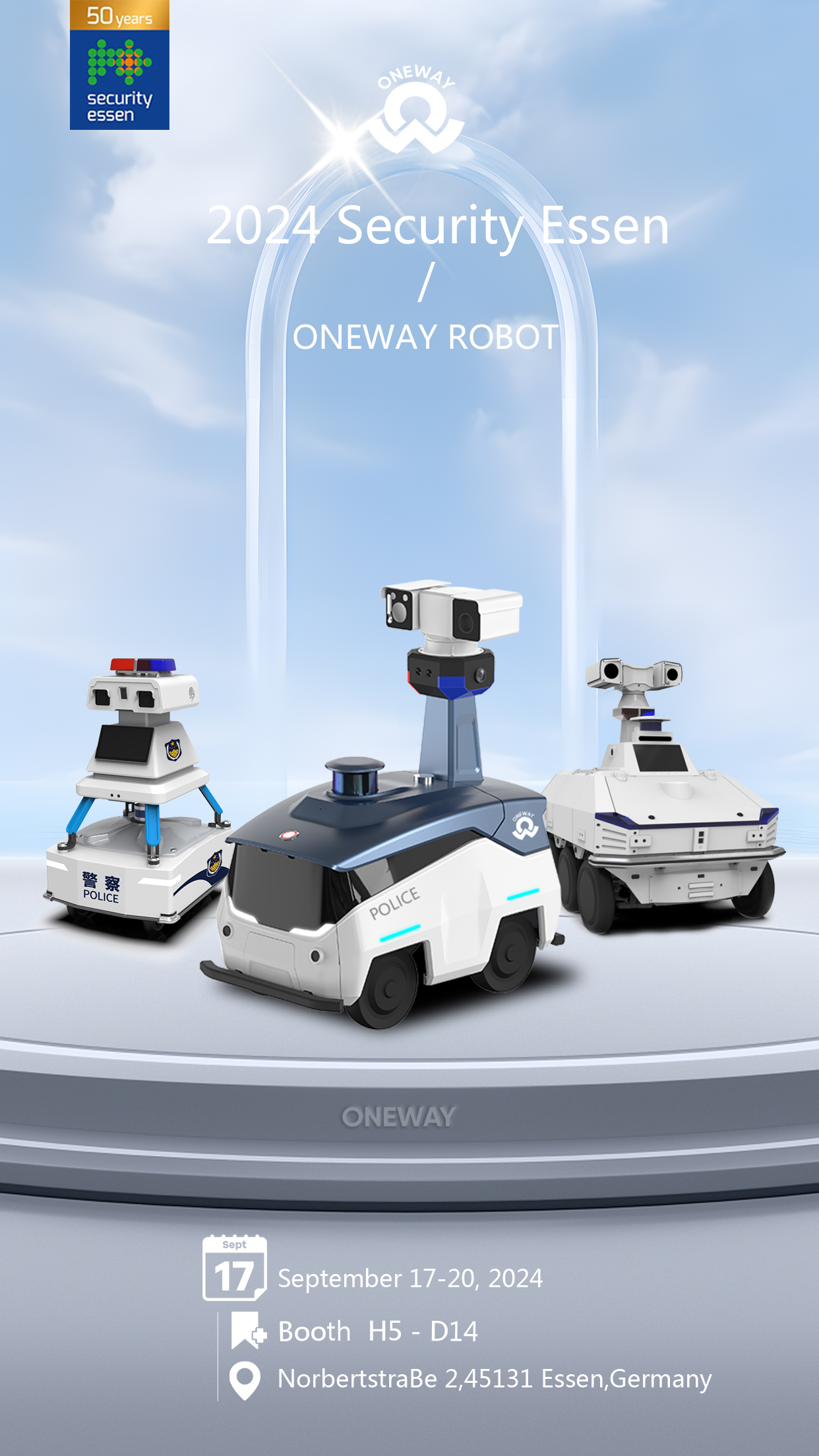In the realm of security, a new era is dawning with the advent of cutting-edge patrol robots. These innovative automatons are reshaping traditional security standards and setting new benchmarks for efficiency, reliability, and effectiveness.
Equipped with state-of-the-art technology, these patrol robots are revolutionizing security operations across various sectors. Whether it’s urban surveillance, industrial facilities, or commercial complexes, these robots are proving to be invaluable assets in safeguarding assets and ensuring public safety.
One of the most striking features of these patrol robots is their ability to autonomously navigate through complex environments. Utilizing advanced sensors, cameras, and sophisticated algorithms, these robots can detect and respond to potential threats with remarkable speed and precision. Gone are the days of relying solely on human patrols; these robots can tirelessly monitor areas, including those deemed too hazardous or inaccessible for humans.
In urban environments, patrol robots are becoming an increasingly common sight on streets and in public spaces. Their presence serves as a powerful deterrent to criminal activity while also providing real-time monitoring of crowds and traffic. Equipped with facial recognition technology and license plate readers, these robots can identify individuals of interest and alert authorities to any suspicious behavior.
In industrial settings, patrol robots are enhancing security protocols and mitigating risks associated with theft, vandalism, and unauthorized access. These robots can patrol vast warehouses and manufacturing facilities, scanning for anomalies and alerting security personnel to any potential breaches. With their ability to operate 24/7 without fatigue or distraction, they provide an additional layer of protection that complements existing security measures.
While the deployment of patrol robots offers numerous benefits, it also raises important questions regarding privacy, ethics, and the future of employment. As these robots become more ubiquitous, there is a need for clear guidelines and regulations to ensure their responsible use and mitigate potential misuse or abuse.
Despite these challenges, the rise of patrol robots represents a significant leap forward in security innovation. By harnessing the power of robotics and artificial intelligence, we are redefining the boundaries of what is possible in safeguarding our communities and assets. As technology continues to evolve, so too will the capabilities of these patrol robots, promising a future where security is smarter, more proactive, and more effective than ever before.







